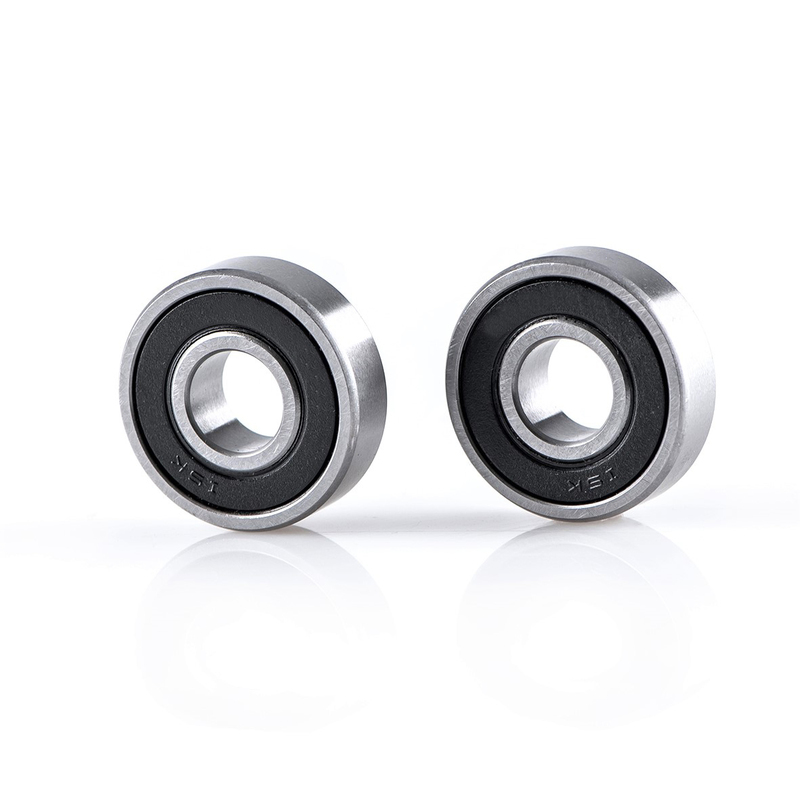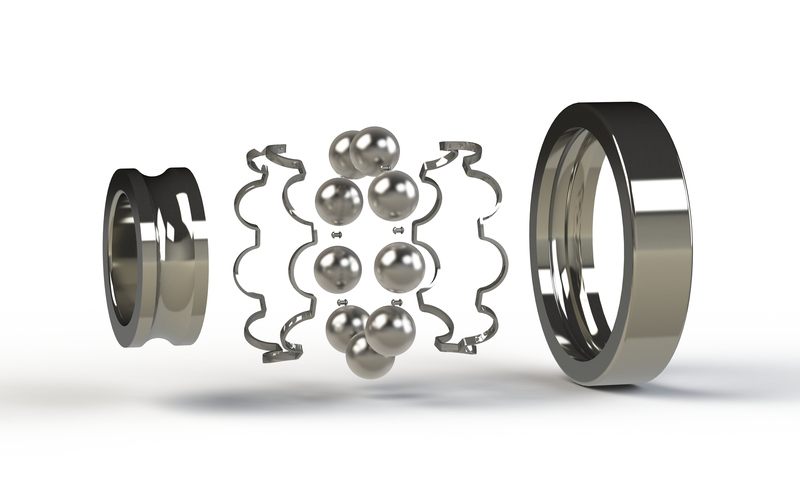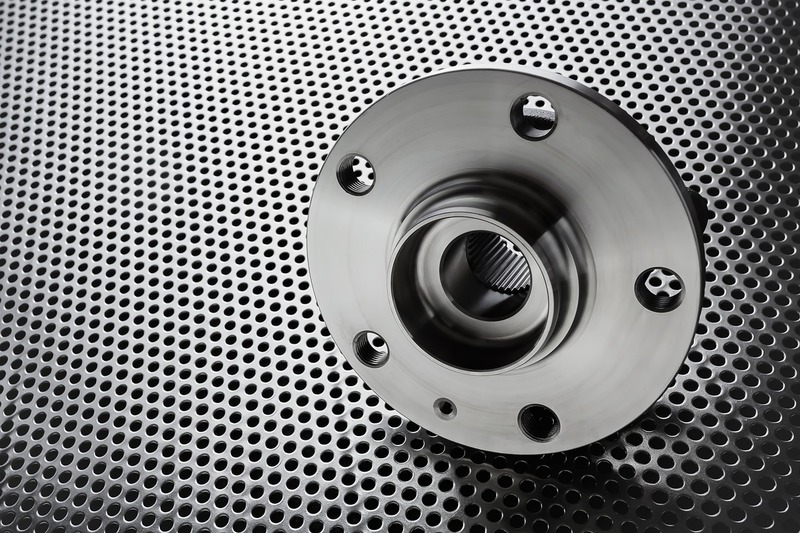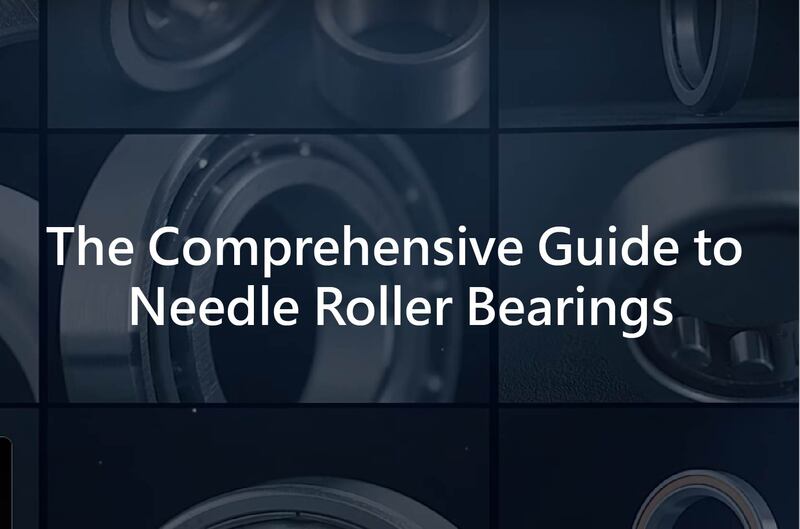2. Anatomy of Ball Bearing Wheels
.jpg)
(1) Ball Bearings
Ball bearings are small, spherical balls, typically made of steel or ceramic, housed within a carefully engineered raceway. These bearings are the heart of the wheel, enabling reduced friction and effortless rolling.

(3) Raceways
Raceways are the tracks or channels in which the ball bearings are housed. Precision machining ensures these raceways provide accurate alignment and vital support for the ball bearings.

(3) Bearing Wheel Hub
The bearing wheel hub serves as the central component that connects to the axle or shaft. It plays a crucial role in holding the ball bearings and ensuring their smooth rotation.
3. Advantages of Ball Bearing Wheels
Ball bearing wheels offer several key advantages that make them indispensable in various applications:
(1) Friction Reduction
The rolling action of ball bearings dramatically reduces friction, resulting in smooth and efficient motion. This translates to less wear and tear on the wheel and its supporting components.
(2) High Load Capacity
Ball bearing wheels are designed to handle significant loads while maintaining their smooth operation. This versatility makes them suitable for both light-duty and heavy-duty applications.
(3) Durability and Longevity
Constructed from high-quality materials, ball bearing wheels exhibit durability and longevity, even when subjected to demanding conditions. They withstand the rigors of daily use and challenging environments.
(4) Low Maintenance
Due to their reduced friction, ball bearing wheels require minimal maintenance compared to alternatives like plain or sleeve bearings. This reduces downtime and maintenance costs.
(5) Versatility
Ball bearing wheels find applications across a wide range of industries, from automotive and manufacturing to aerospace and consumer products, demonstrating their versatility.
4. Selecting the Right Ball Bearing Wheels
Choosing the suitable ball bearing wheels for your specific needs involves considering factors such as load capacity, size, material, and application requirements. Consulting with experts and reputable suppliers is essential to making an informed decision.
 Search Bearing Teaching:
Search Bearing Teaching:
Bearing Specification Query Guide: How to Find the Appropriate Bearing Specifications for Your Needs
Ball bearing wheels play a critical role in countless mechanical systems, delivering the smooth and efficient motion required for various applications. Understanding their construction, advantages, and applications is crucial for engineers, designers, and anyone aiming to optimize motion control and minimize friction in their projects.
Incorporating ball bearing wheels into your designs and systems can lead to improved efficiency, reduced maintenance costs, and enhanced overall performance. As technology advances, these versatile components will continue to be instrumental in the field of mechanical engineering and motion control.
Whether you are designing a high-speed conveyor system or upgrading the wheels on your skateboard, the benefits of ball bearing wheels are sure to make a significant difference in the performance and longevity of your equipment.
 Further Reading:
Further Reading:
Motor Bearings: Types and Functions
Rolling Bearings: Types and Applications





 Contact Us
Contact Us

 TOP
TOP